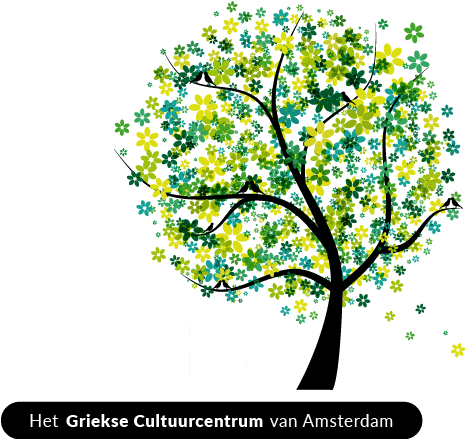No products in the basket.
The symbol of Vergina: the unknown symbolisms behind the rays of a much-discussed ‘Sun’.
The golden larnax of Vergina (Archaeological Museum of Thessaloniki)
Much has been written and told about the much discussed symbol of Vergina. Some call it a star, others call it a sun …
The only sure thing however is that all of them are referring to the same symbol which is depicted on the golden “box” (maybe reliquary), which was found in 1977 by M. Andronikos and is attributed to the Macedonian Royal Dynasty of Philip II.

The symbol of Vergina: its uses & symbolisms in time.
This symbol was already known from the past as a decorative motif. Archaeologists have found it many times on Hellenistic coins, shields, vases, etc. Such items were found on both the mainland and the islands of Greece. The motif usually had 16, 12 or 8 “rays” and sometimes it was a religious symbol connected with the 12 Olympian gods.
After 1977 it was associated with the Dynasty of Philip and Macedonia. But the Macedonian star or sun has 16 “rays” and in the center is a “rodakas”(=rosette).
‘RODAKAS”: the magic center of everything.
“Rodakas” means “flower” and as a decorative motif it was of particular importance to the ancient Greeks. It symbolizes beauty, purity, eugenics, fertilization, earth. Many royal houses also used it as a symbol of power.
On the symbol of Vergina, a “rodakas” is put in the center and is considered as a symbol of the Earth on which all the material and spiritual goods are fertilized.
The symbol of Vergina: ‘Sun’ or ‘Star’ ?

It is precisely with this element that the shape of the so-called ‘rays’ is connected.
However, these 16 “rays”, as experts say, are not light rays, rays of a star or a sun. The analysts came to the simple conclusion that if this were the case, they would have the typical depiction and close to the center would be thinner and away from the center, wider. Just like the light that spreads and diffuses. At least, this is what typologically can be observed in other depictions of stars or suns. And that would be the ultimate expectation.
Instead, however, the 16 stems look more like comets directed somewhere; and specifically to the center , which is the Earth.
The number (16) is considered to be related to the symbol of totality and completeness. In many cultures, number 16 symbolizes the “totality”.
This complete set/ totality on the symbol of Vergina consists of the fire, the Ocean, the Earth and the Air. These are the four
elements that in ancient times constituted the world and are therefore placed at the edges of two vertical imaginary axes.
In the four quadrants which are created by these vertical axes are placed the 12 gods, who were the centre of worship and faith in Ancient Greece. On the right side we can find all the names of the gods, while on the left all the names of the goddesses.
The symbol of Vergina & the Kavirian rituals of Samothrace.
This is the predominant theory in which the Star or Sun of Vergina is a simplified symbol not only for the astral but also for the religious system of the Ancient Greeks and clearly of the Macedonians.
Many others associate this symbol with more complex symbolism and the worship of Sirius. Of course, it is not unknown that Philip’s wife, Olympiada, was a priestess in the Kavirian mysteries of Samothrace; where Philippe met her and fell in love with her. It is also well known that the worship of Sirius was in the center of Kavirian mysteries.
Combining all these, it would be possible that the symbol found in 1977 can be combined with more secret and symbolic codes.
How the symbol of Vergina was connected with the Dynasty of Macedonians? –
The myth.
Nevertheless, a myth about its creation is preserved by Herodotus.
According to Herodotus, the 3 ancestors of the Argeons who lived in the Peloponnese (and who later created the Macedonian Dynasty), left their hometown of Argos and for a period of time were looking after the flocks of the king of Illyria.
But the king, interpreting an omen, thought that the three young men were destined to take a great place and he was afraid they would be taking his throne. So he called them and ordered them to leave his kingdom immediately, without any payment, since he considered them adventurers. Or, as Herodotus writes characteristically, ‘taking with them only the sun’ (which at that moment happened to come inside from somewhere and was illuminating the floor). The older brothers were surprised, but the younger – according to the story – designed with his sword on the floor the ‘sun’, then cut it and stored it in his clothes.
Then, along with his brothers, he traveled to the North where they found the fruitful gardens of King Midas and settled down. In the centuries that followed, they created Macedonia and the Macedonian Dynasty.
Coins and pottery of different periods and areas, bringing the same symbol.
© Lato,
Het Griekse Taal– & CultuurCentrum van Amsterdam




